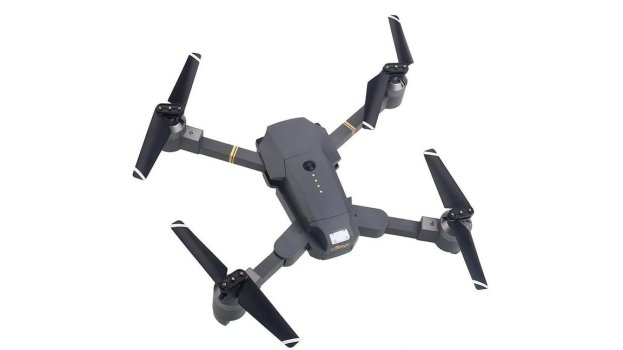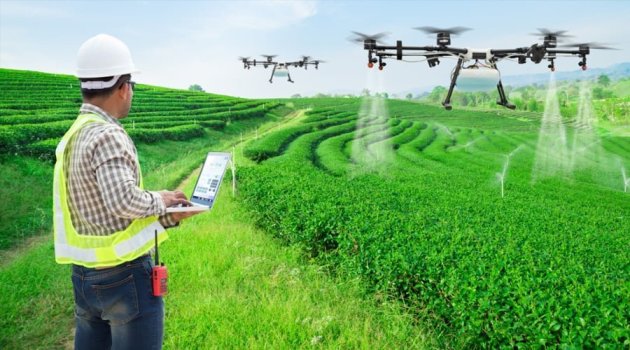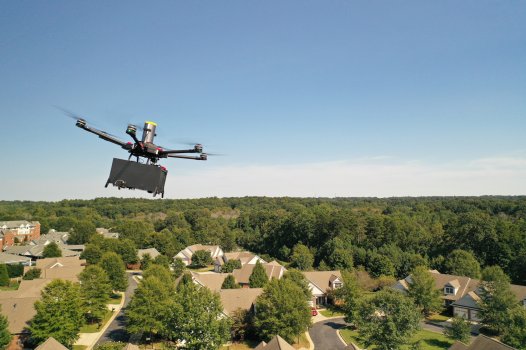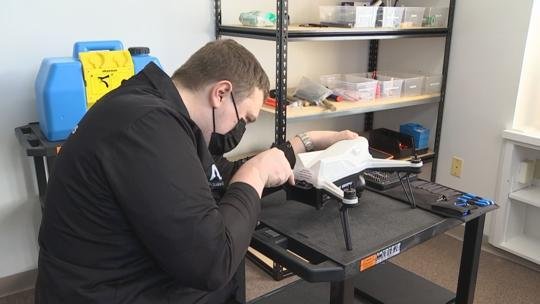“Women in AI today is a bit like women in engineering in the early ’90s”: Spriha Biswas
- Technology Solutions
- 0 Replies
Spriha Biswas was the first person from her hometown Jamshedpur to become a national topper in the ICSE class 10 board exams (the year was 2011 and she scored 98.8 percent). Ten years later, having completed her degree in metallurgical engineering and material sciences from IIT Bombay, she is among the very few women working in artificial intelligence (AI) in India and is already heading a product portfolio.
As the young chief product officer of Augnito, an AI-based speech-to-text tool to help doctors maintain accurate medical records in a much faster and efficient manner, Spriha’s area of expertise is ‘human factors in AI’ or ‘human-centric thinking in AI’.
She talks to us about the challenges women face in her field, and how AI can be made more gender-neutral.
As one of the very few women in AI in India, what are some of the challenges you have had to face in your profession due to your gender?
I think fundamentally gender-based challenges for women in tech are very systemic. It starts from the time you are a child. Boys and girls are raised differently, end up getting unequal opportunities and as a society we are still far from having a level-playing field for all genders.
Continue reading: https://www.moneycontrol.com/news/trends/features/women-in-ai-today-is-a-bit-like-women-in-engineering-in-the-early-90s-spriha-biswas-7457971.html
As the young chief product officer of Augnito, an AI-based speech-to-text tool to help doctors maintain accurate medical records in a much faster and efficient manner, Spriha’s area of expertise is ‘human factors in AI’ or ‘human-centric thinking in AI’.
She talks to us about the challenges women face in her field, and how AI can be made more gender-neutral.
As one of the very few women in AI in India, what are some of the challenges you have had to face in your profession due to your gender?
I think fundamentally gender-based challenges for women in tech are very systemic. It starts from the time you are a child. Boys and girls are raised differently, end up getting unequal opportunities and as a society we are still far from having a level-playing field for all genders.
Continue reading: https://www.moneycontrol.com/news/trends/features/women-in-ai-today-is-a-bit-like-women-in-engineering-in-the-early-90s-spriha-biswas-7457971.html

























